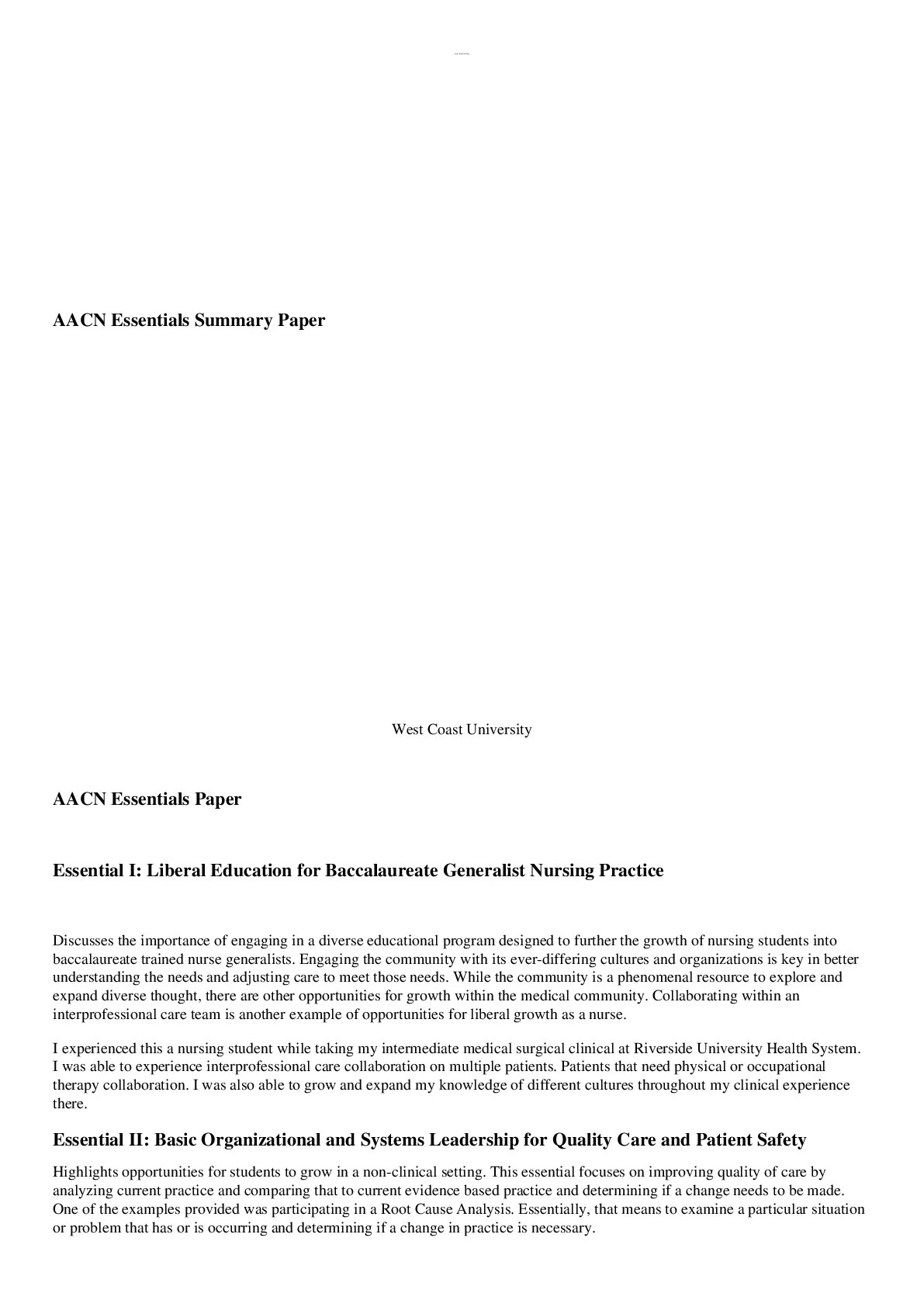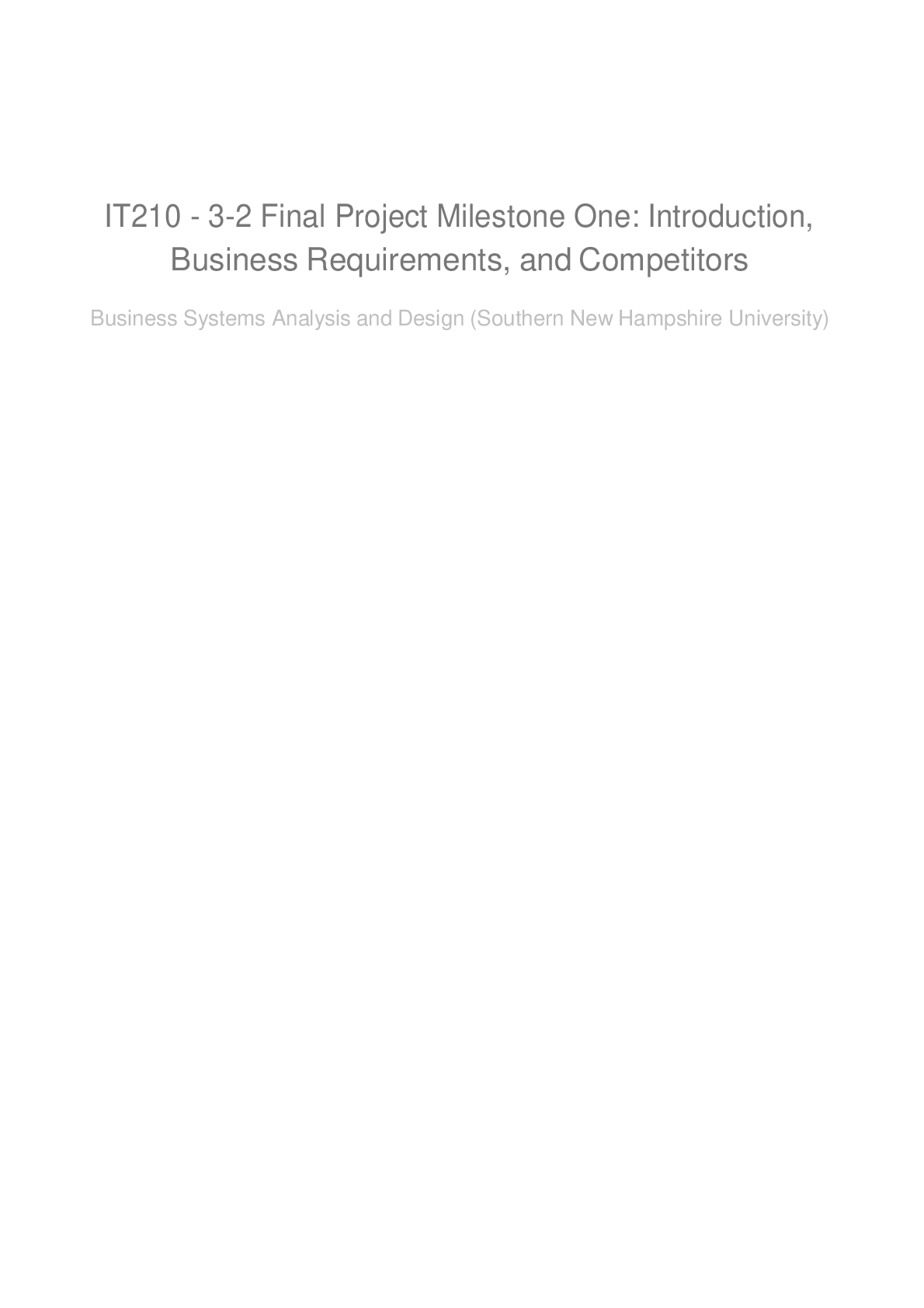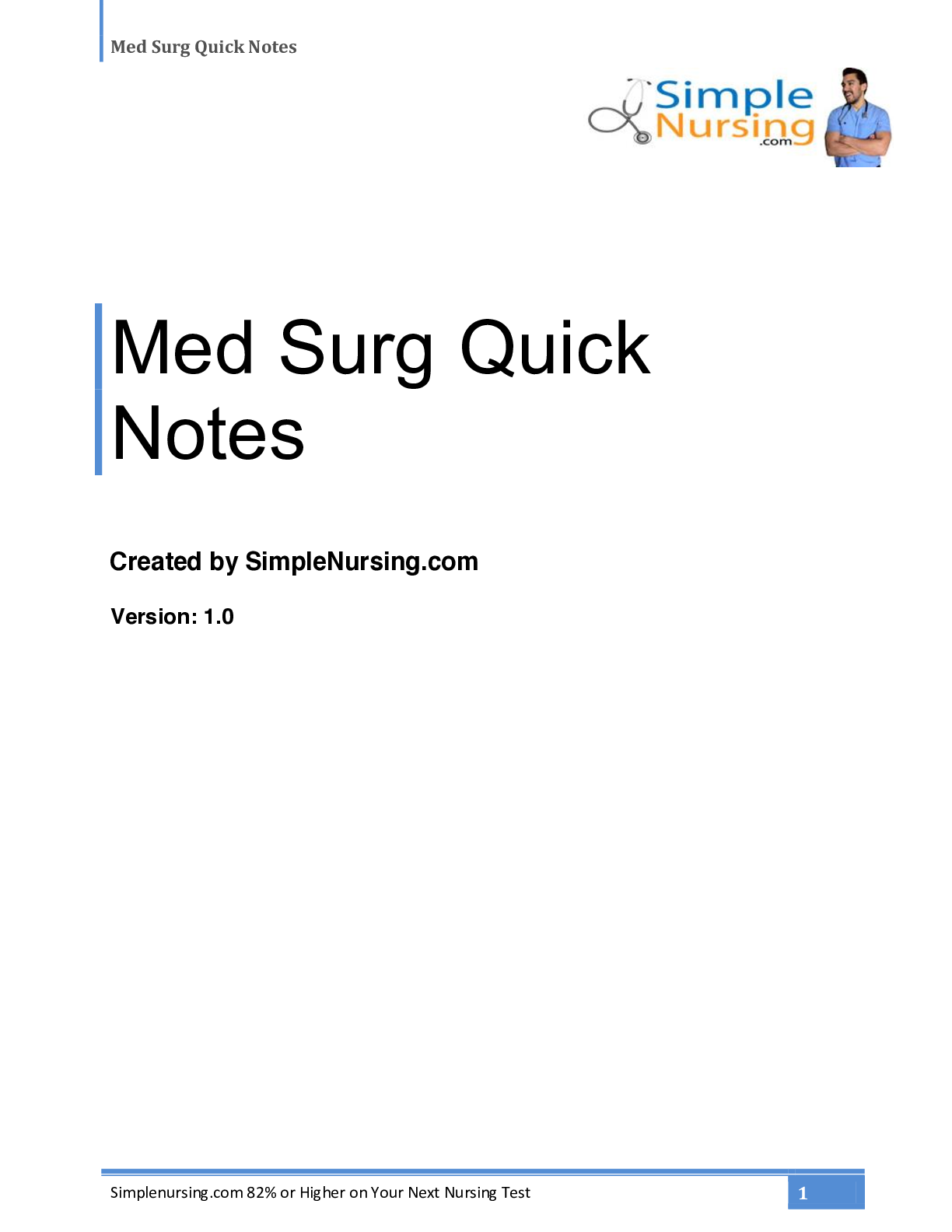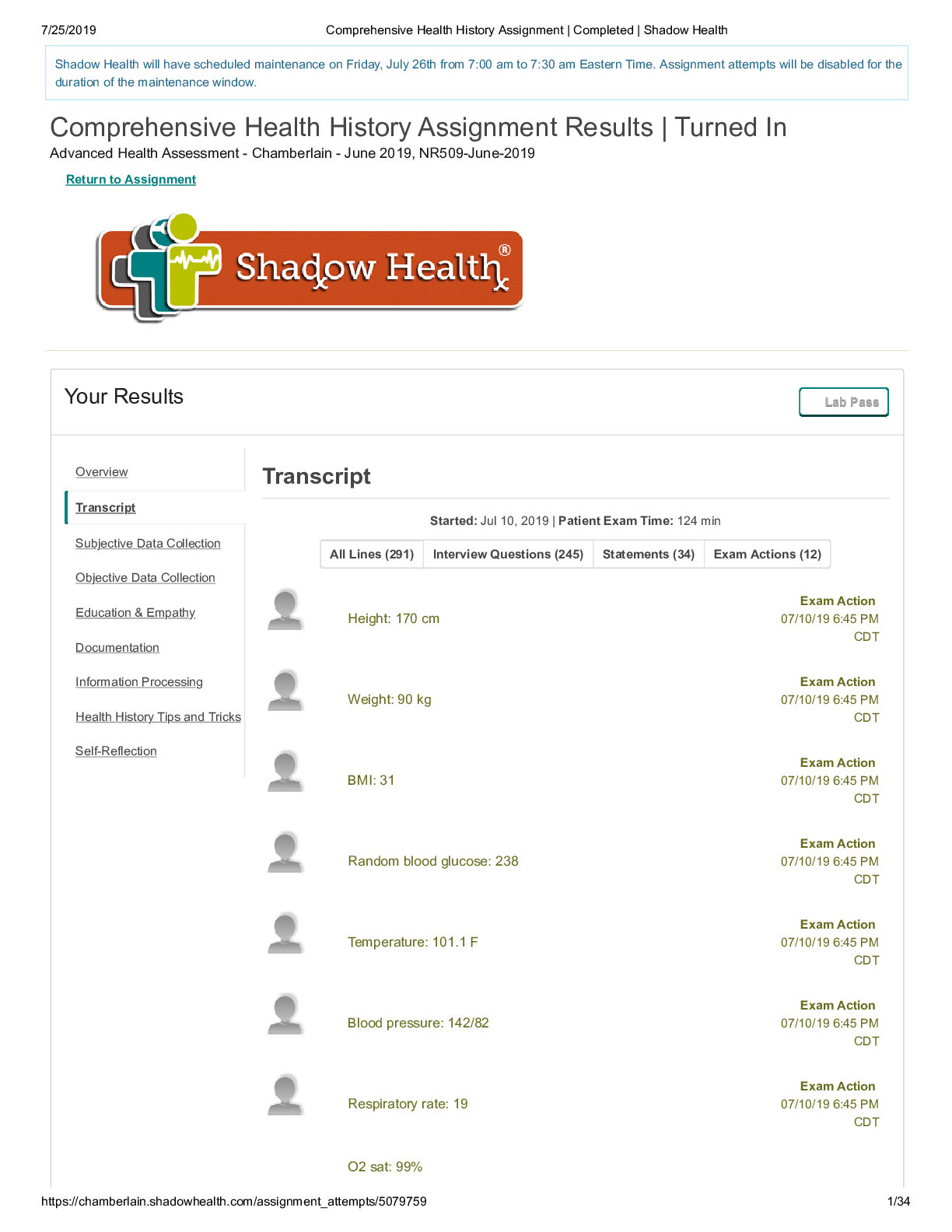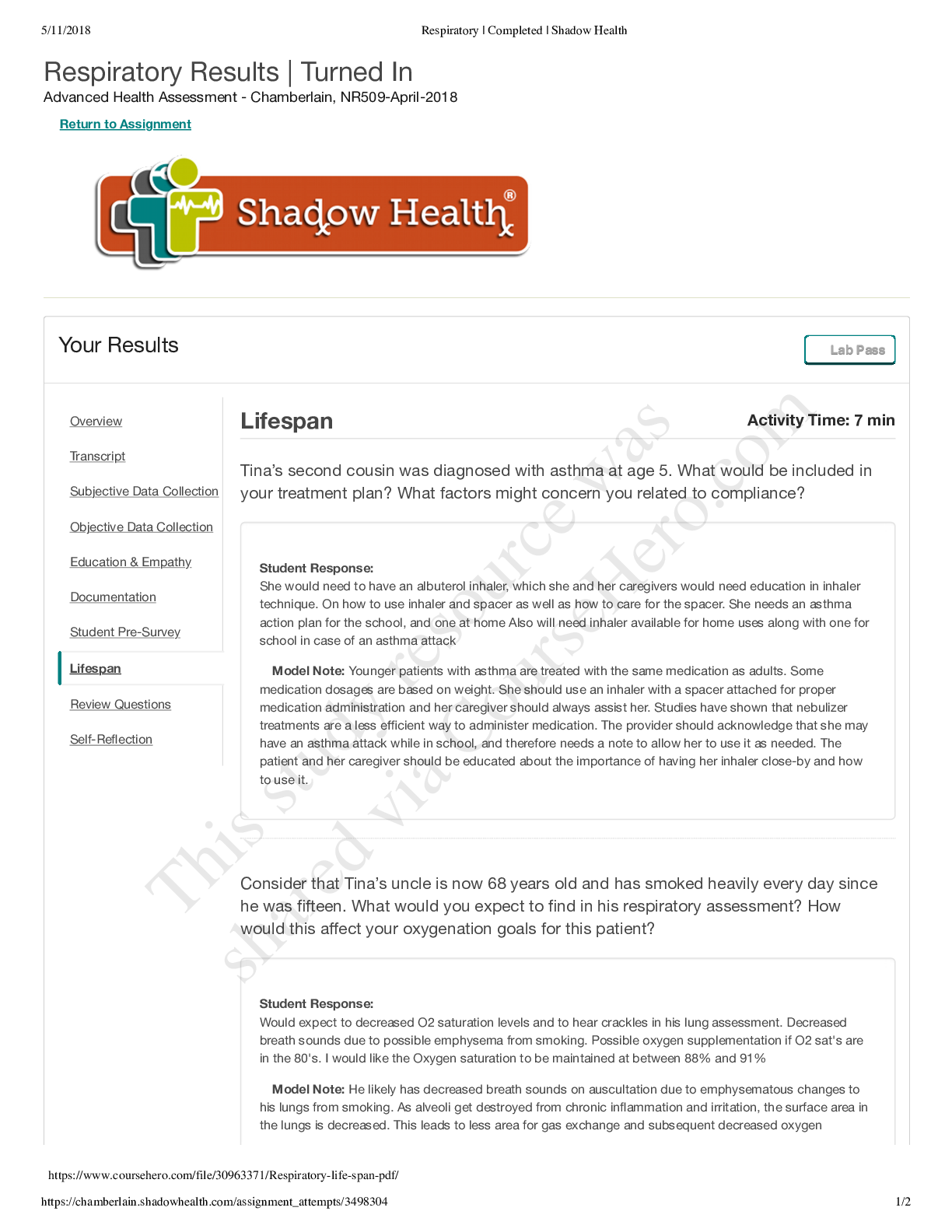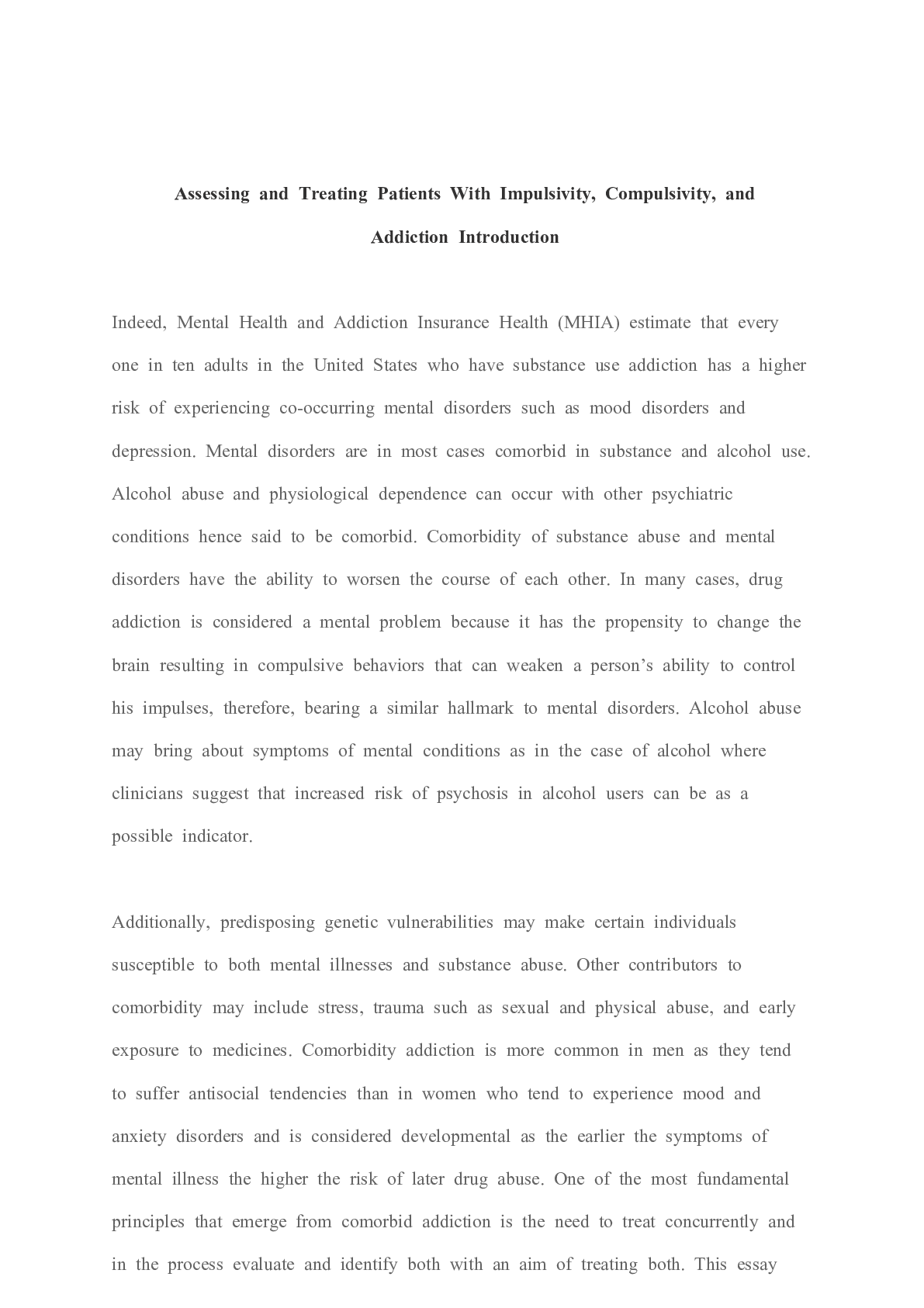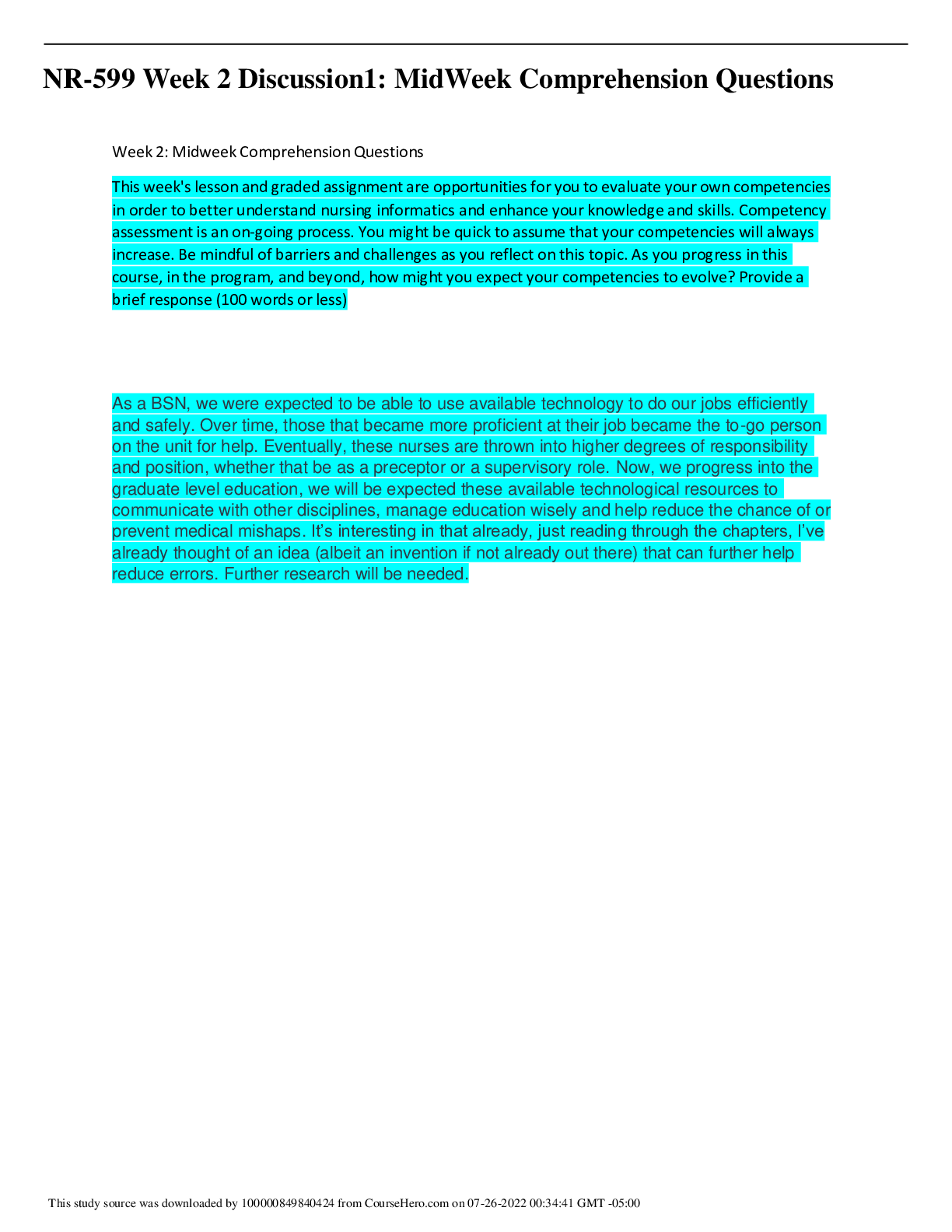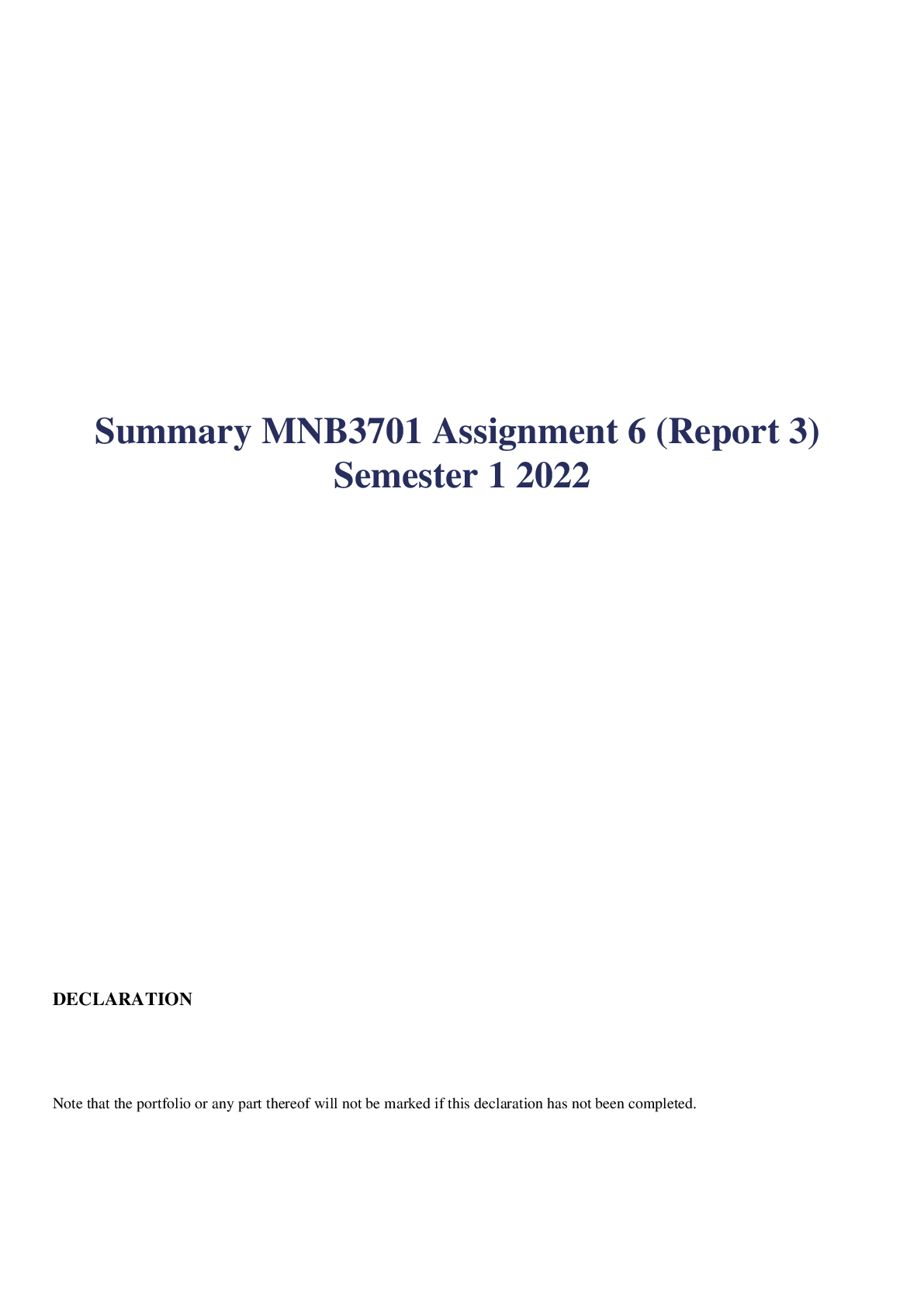Health Care > Summary > Summary C12 - Business Law Case Analysis 3 Securities and Exchange Commission v. Edwards. complete s (All)
Summary C12 - Business Law Case Analysis 3 Securities and Exchange Commission v. Edwards. complete solution guide
Document Content and Description Below
Securities and Exchange Commission v. Edwards 1 C12 - Business Law Case Analysis 3 Securities and Exchange Commission v. Edwards Summarize the facts of the case Charles Edwards ran the... company ETS Payphones Inc. in multiple roles such as the Chief Operating Officer, chair of the board and sole shareholder. ETS Payphones Inc. sold payphones to the general public while partially acting through subsidiary, which also happens to be controlled by Edwards. ETS offered customers a package with a total cost of US$7,000 including various agreements such as a site lease, a five-year leaseback and management agreement and a buyback agreement. The company promises that each purchaser will receive 14% of their annual return monthly, which equates to $82 per month with an additional promise of a refund on the full price of the purchase. The return is in accordance with the leaseback and management agreement. The refund would be sent to the purchaser once the lease had ended or could also be returned up to 180 after the initial request of the purchaser. The company made claims in their advertising “[v]ery few business opportunities can offer the potential for ongoing revenue generation that is available in today's pay telephone industry.”(Bagley, C. E. Managers and the Legal Environment: Strategies for Business.) Even with their clever marketing claims and impressive refund offer, ETS were not making the income they anticipated which put them in a difficult position, one that did not allow them to have enough money to pay the refund they promised to the purchasers. In order to meet this claim to purchasers, ETS had to resort to using the money received from new investors to pay its outstanding obligations rather than having it contribute to profit. After facing such financial problems, ETS was forced to file for bankruptcy 1 / 2 Securities and Exchange Commission v. Edwards 2 in the year 2000. Following this, the Securities Exchange Commission alleged that ETS and Edwards were in violation of selling securities among many different provisions regarding the Acts of 1933 &1934. Edwards claims that his fixed rate of return offer should not be considered as an investment contracts as no capital appreciation or revenue of the company is given to purchasers nor is the return conditional upon other purchasers. All purchasers are eligible to a return according to their contract. Identify the parties and explain each party’s position; The defendant, Charles Edwards, ran and operated ETS Payphones, Inc. has charges brought against him from the plaintiff, the Securities and Exchange Commission for violations regarding registration requirements as well as antifraud provisions under both the Securities Act of 1933 and the Securities Exchange Act of 1934. Edwards was also found in violation of Rule 10b-5. Edwards argues that the agreement that ETS provides to its purchasers are not investments due to the fact that no capital appreciation or revenue of the company is given to purchasers nor is the return conditional upon other purchasers. The purchasers are obligated to receive a return according to the terms laid out within the agreement. Outline the case’s procedural history including any appeals The Securities and Exchange Commission sued Edwards, and by extension ETS, and was followed by preliminary injunction during which the Federal District court made the decision to freeze all of Edwards’ assets at the time. Edwards filed for an appeal and the appeal was taken up by the 11th Circuit Court of Appeals where the court established that there was inadequate jurisdictional privilege of the Federal District Court to make this decision. The 11th Circuit Court of Appeals contested that the Securities and Exchange Commission did not provide satisfactory enough proof that the sale of the payphones constituted as an investment contract which lead to [Show More]
Last updated: 1 year ago
Preview 1 out of 6 pages

Reviews( 0 )
Document information
Connected school, study & course
About the document
Uploaded On
Sep 07, 2022
Number of pages
6
Written in
Additional information
This document has been written for:
Uploaded
Sep 07, 2022
Downloads
0
Views
84





